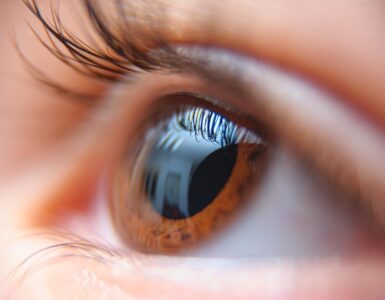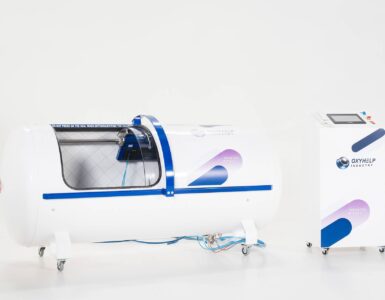Neuromodulation surgery is a minimally invasive treatment that helps relieve pain. Doctors recommend this procedure when other treatments are not effective. Neuromodulation surgery Marina Del Rey involves implanting a device on your body to ease pain. The device emits electrical impulses into your nerves or muscles, hindering pain signals traveling through your nerves or brain. Since the procedure is minimally invasive, you will recover quickly and have minimal or no side effects.
Procedure for neuromodulation surgery
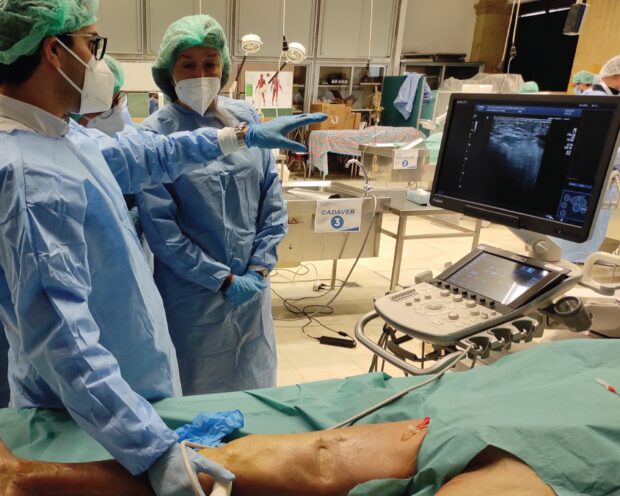
Neuromodulation surgery consists of three devices; lead wires, a pulse generator, and a controller. The procedure involves your doctor implanting the electrode-containing wires. The doctor uses a specific needle to run the cables through your spine’s epidural space or along your nerve. The provider then implants the small generator under your skin and connects the wires to the generator. In most cases, doctors place the tool near your buttocks or abdomen. Using a handheld device, the provider programs the intensity and frequency of your generator. You must carry a controller that allows you to turn your device on and off.
Types of Neuromodulation devices
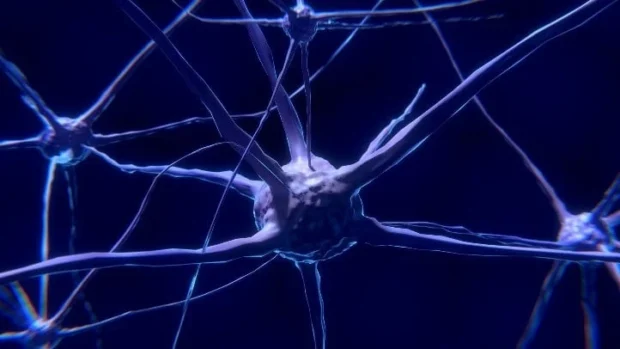
Spinal cord stimulation
Spinal cord stimulation involves your doctor placing a tiny electrode into your epidural spine space. It reduces pain by preventing nerve messages from reaching your brain. All nerve impulses go through your spinal cord to your brain, so neuromodulation can ease all types of pain in your body. Doctors mostly use it to relieve pain from herniated discs, degenerative disc disorder, arthritis, and complex regional pain syndrome. Studies show doctors have used this procedure for over forty years in many thousands of people.
Sacral nerve stimulation
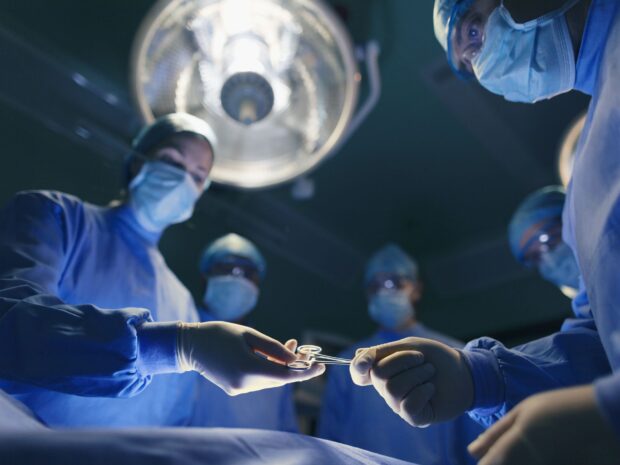
Sacral nerve stimulation is where your doctor places electrodes along your sacral nerves. It helps relieve different types of pelvic pain.
Intraspinal nerve root stimulation
In intraspinal nerve root stimulation, your doctor places the electrodes along the nerve rootlets in your spinal canal rather than over your spinal cord. It helps to treat abdominopelvic pain syndromes like pain resulting from the inguinal repair.
Peripheral nerve stimulation
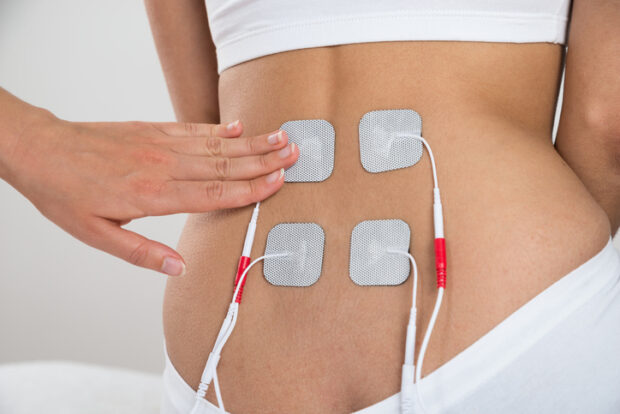
Peripheral nerve stimulation involves your doctor surgically placing an electrode adjacent to a peripheral nerve. Rapid electrical shocks go into this nerve, causing a mild tingling sensation that replaces your pain. Peripheral neuropathy, trigeminal nerve pain, or post-amputation pain syndrome are common nerve issues treated through peripheral nerve stimulation.
Muscle restorative stimulation
Muscle restorative stimulation transmits electrical pulses into the muscles that stabilize the lower back. The stimulation causes muscle contractions, strengthening your muscle and improving its function. You need to activate the electrode device for thirty minutes twice daily. Regular treatment will strengthen your muscles to support your spine and relieve lower back pain.
Dorsal root ganglion (DRG) stimulation
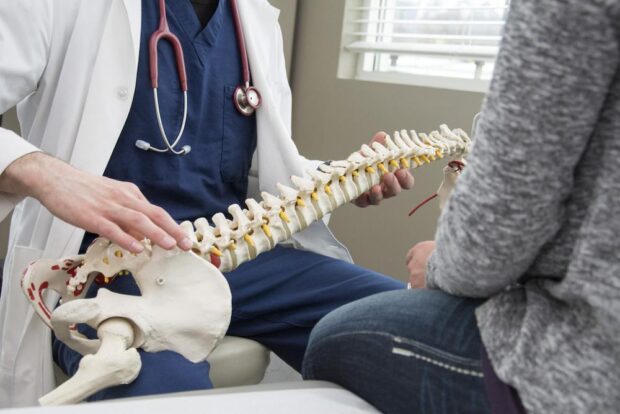
The dorsal root ganglion is a collection of sensory nerves located at each vertebra outside your spinal cord. DRG stimulation affects all ganglion nerves, stopping signals from reaching your brain and reducing pain in that body area. This treatment can relieve pain in your chest, hands, feet, and abdomen.
Neuromodulation surgery involves implanting a device in your body that helps relieve pain. Depending on the diagnosis, your doctor may recommend spinal cord, nerve, or muscle stimulation. Schedule an appointment with Ali H. Mesiwala, MD, FAANS, for neuromodulation surgery to reduce your pain.



